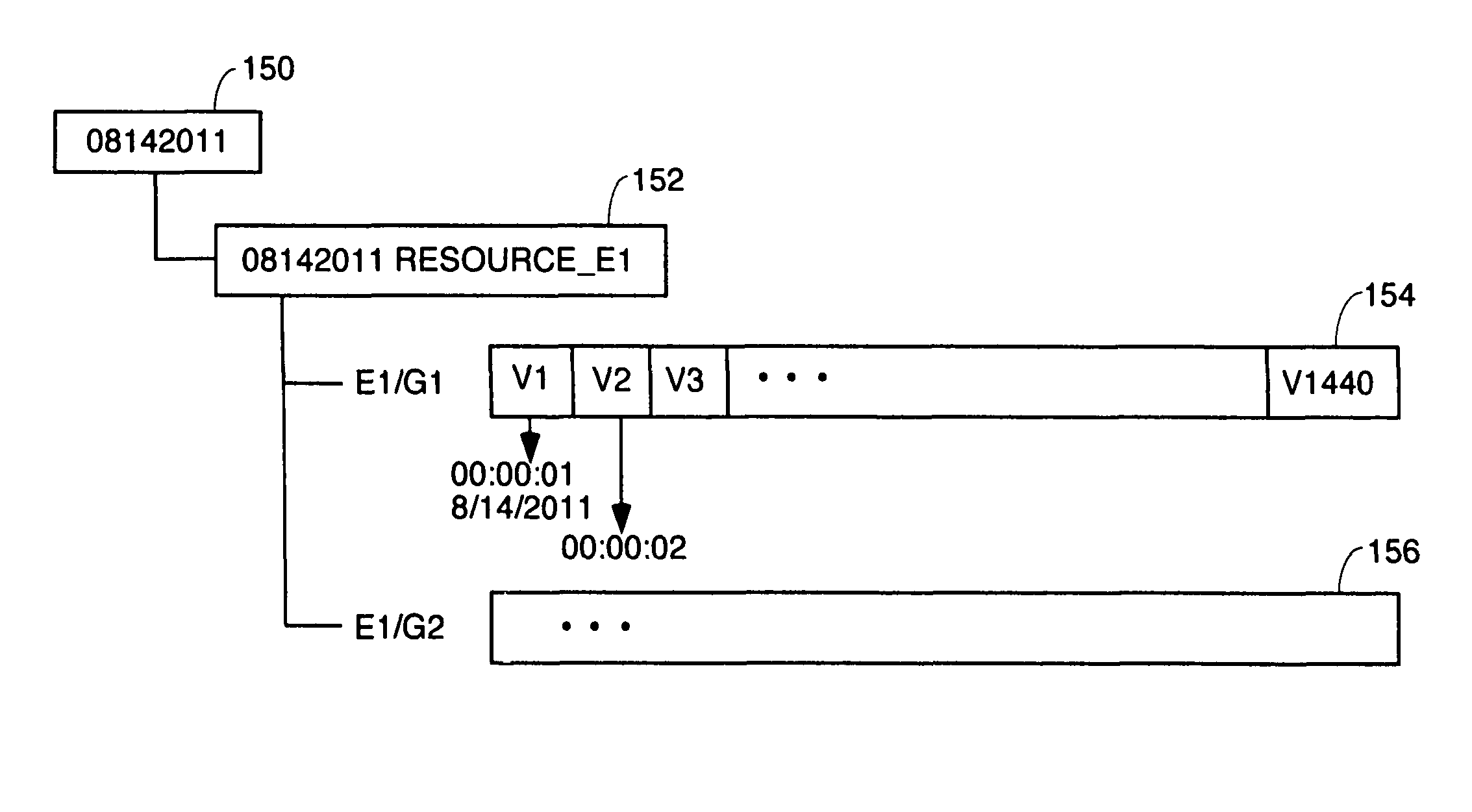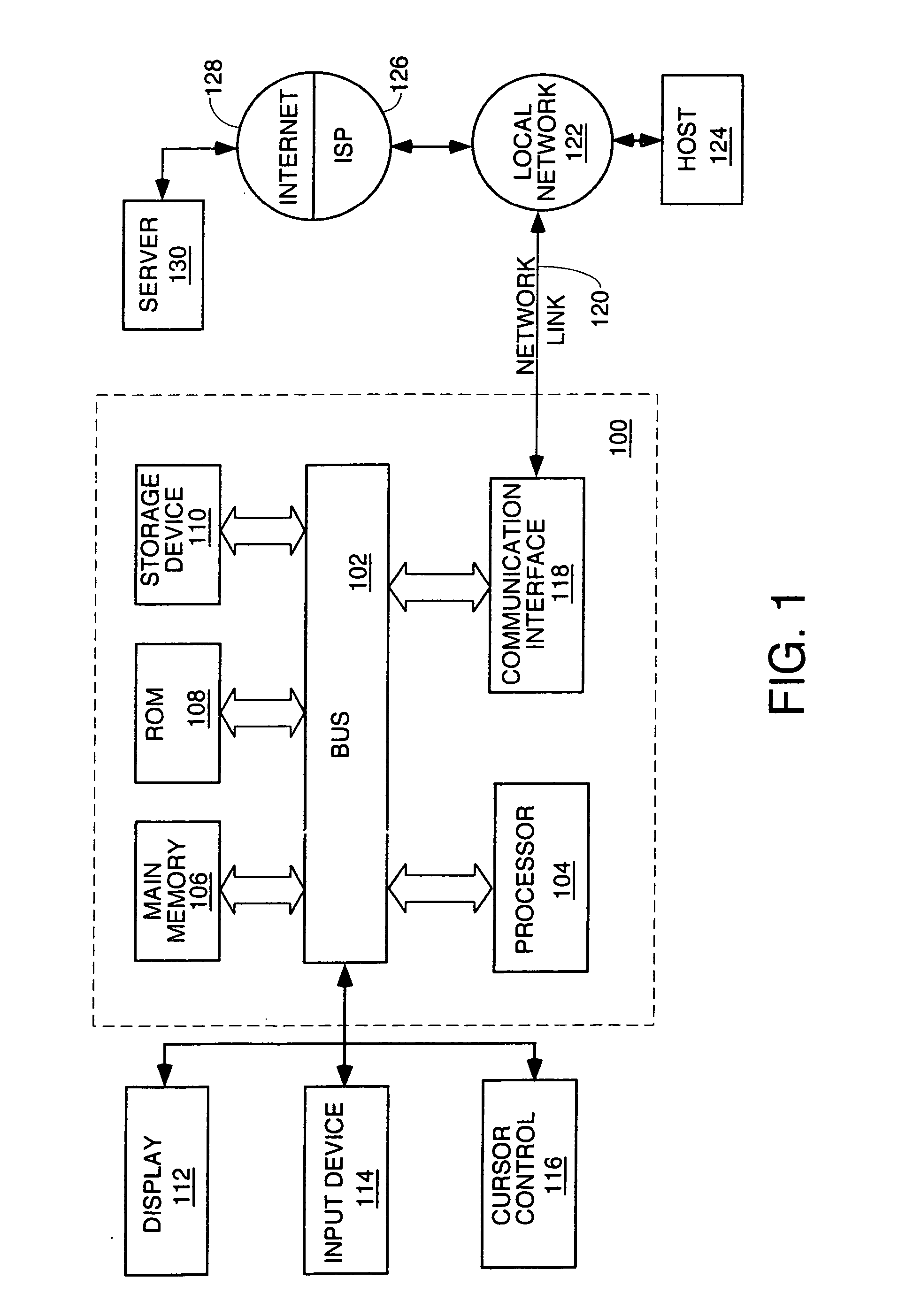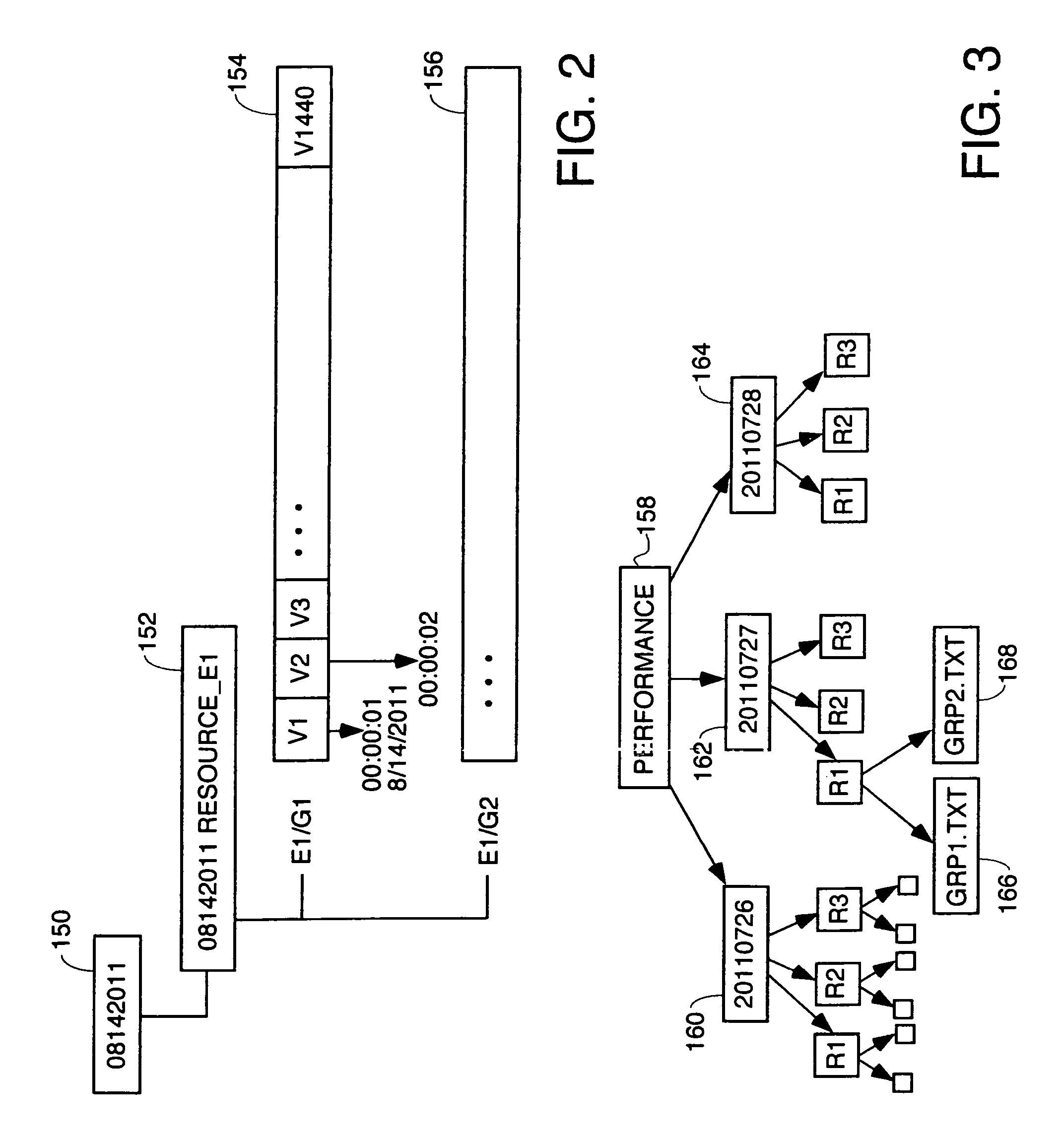Process for gathering and special data structure for storing performance metric data
a technology of performance metric data and special data structure, applied in the field of process for gathering and special data structure for storing performance metric data, can solve the problems of high cost, difficult management of virtual servers, and need for reliable high bandwidth connection
- Summary
- Abstract
- Description
- Claims
- Application Information
AI Technical Summary
Benefits of technology
Problems solved by technology
Method used
Image
Examples
example 3
p1 / p2 / &p3 _ p1, p2 && p3_Note: p1 can qualify irrespective of p2 status but p2 can qualify only if p3 qualifies
Example 4
p1 / &p2 / p3 / &p4 _ p1&&p2, p3&&p4_Note: p2 can qualify irrespective of p3 status
At Filter Level:
_Syntax: P1[filter1][&][filter 2][&][filter 3] / P2[filter 1][&][filter 2] . . . .
example 1
p1[=1001 rx Demo3]&[@2001 rx b U10+]_P1 qualifies if both the filters find matches
example 2
p[f1][f2]&[f3] _ (f1 II f2) && f3
Example 3
p[f1]&[f2][&f3] _ f1 && f2 && f3
PUM
 Login to View More
Login to View More Abstract
Description
Claims
Application Information
 Login to View More
Login to View More - R&D
- Intellectual Property
- Life Sciences
- Materials
- Tech Scout
- Unparalleled Data Quality
- Higher Quality Content
- 60% Fewer Hallucinations
Browse by: Latest US Patents, China's latest patents, Technical Efficacy Thesaurus, Application Domain, Technology Topic, Popular Technical Reports.
© 2025 PatSnap. All rights reserved.Legal|Privacy policy|Modern Slavery Act Transparency Statement|Sitemap|About US| Contact US: help@patsnap.com



